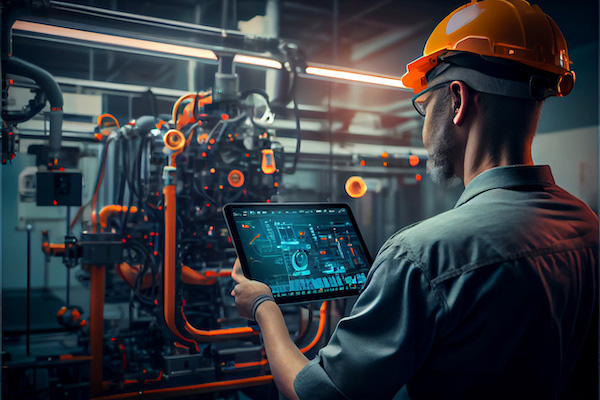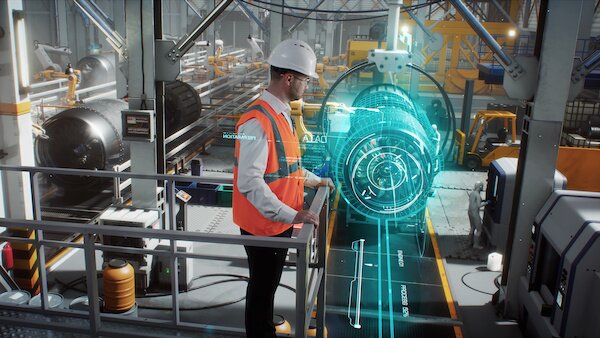In today's industrial applications, many processes and technologies have emerged, among which electrohydraulics stand out as particularly advantageous. Electrohydraulics involve the utilization of electricity to transmit signals to different components of a system, enabling precise instructions to be sent to multiple parts of the drive, directing them to execute specific tasks efficiently.
The other half of the technology is a mechanical hydraulic function that moves liquid pressure. Hydraulics can be found in many systems, such as lifts, heavy equipment, industrial machinery, airplanes and much more.
The power of electrohydraulic control
The combination of hydraulics and electronics is the foundation of the electrohydraulic process. This procedure involves utilizing a solenoid, which consists of a wire coil, a movable plunger and a housing. By distributing electrical signals to the solenoid, it can execute functions, such as opening, closing or altering directions of valve outputs. The preprogrammed transmission of electrical signals to the solenoid sends communication to a computer enabling valves to adjust flow or direction.
Ports, which are chambers in the valves, are also at work. When the solenoid slides a spool inside the valve, different ports open or close. When liquid is blocked or allowed to flow, you can achieve different mechanical results in your system. This operation wouldn't be possible without signal processing, which occurs on a computer through electrical signals. When you have continuously adjustable and proportional valves, you can constantly adjust set points for increased process compensation.
Electrohydraulic components
Electronic control equipment oftentimes consists of the following:
- Operator inputs: A tool that connects users to the input by using joysticks, operator panels and other accessories.
- Feedback inputs: Machine interface technology that has the ability to loop systems together. Oftentimes temperature, velocity and flow sensors are considered feedback inputs.
- Controller: This tool utilizes technology to convert inputs into outputs. By receiving feedback from sensors within the controller, hydraulics function based on the preprogrammed desired output.
- Outputs: Outputs are signals sent from the control system to the hydraulics.
- Communications: Communication gives input and output signals the ability to function together.
Enhancing efficiency and simplification
Efficiency can increase up to 80 percent when used in tandem with the efficiency upgrade. The efficiency upgrade uses electrohydraulic systems to improve the power-on-demand capabilities of the electrohydraulic motor. By expending energy only when necessary, the motor can reduce waste energy consumption.
power-on-demand capabilities of the electrohydraulic motor. By expending energy only when necessary, the motor can reduce waste energy consumption.
 power-on-demand capabilities of the electrohydraulic motor. By expending energy only when necessary, the motor can reduce waste energy consumption.
power-on-demand capabilities of the electrohydraulic motor. By expending energy only when necessary, the motor can reduce waste energy consumption. In addition to enhanced efficiency, electrohydraulic systems offer another major benefit: simplified pump controls. Thanks to their unique design, these systems require signals solely pertaining to speed and motor direction, eliminating the need for multiple proportional and directional valves. The reduced complexity not only streamlines operation but also facilitates troubleshooting in case of malfunction.
One notable advantage of electrohydraulic motors lies in their size and availability. Engineers can position components more flexibly so the proximity to other elements can be more compact and space saving. This increased design freedom fosters creativity and ultimately contributes to the development of superior end products. As the popularity of electrohydraulics continues to rise, both design capabilities and efficiency levels surpass the standards set by conventional hydraulic systems.
Learn more about technological advancements and trends concerning hydraulics in this BluPrint:

